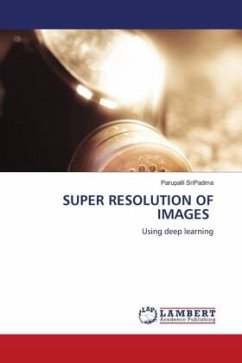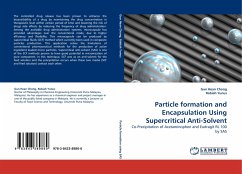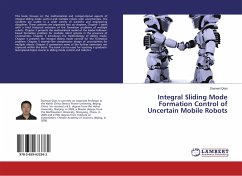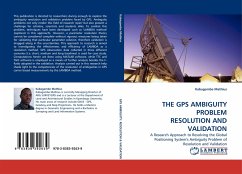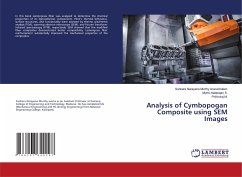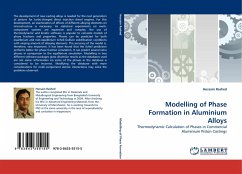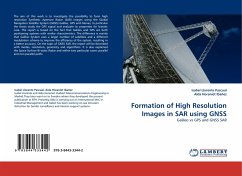
Formation of High Resolution Images in SAR using GNSS
Galileo vs GPS and GNSS SAR
Versandkostenfrei!
Versandfertig in 6-10 Tagen
32,99 €
inkl. MwSt.

PAYBACK Punkte
16 °P sammeln!
The aim of this work is to investigate the possibility to form high resolution Synthetic Aperture Radar (SAR) images using the Global Navigation Satellite System (GNSS) Galileo, GPS and Glonas, In particular the thesis study the GPS signal and evaluate its properties for bistatic case. The report is based on the fact that Galileo and GPS are both positioning systems with similar characteristics. The difference is mainly that Galileo System uses a larger number of satellites and a different modulation scheme to improve the efficiency of the system, resulting in a better accuracy. On the topic o...
The aim of this work is to investigate the possibility to form high resolution Synthetic Aperture Radar (SAR) images using the Global Navigation Satellite System (GNSS) Galileo, GPS and Glonas, In particular the thesis study the GPS signal and evaluate its properties for bistatic case. The report is based on the fact that Galileo and GPS are both positioning systems with similar characteristics. The difference is mainly that Galileo System uses a larger number of satellites and a different modulation scheme to improve the efficiency of the system, resulting in a better accuracy. On the topic of GNSS SAR, the report will be described with modes, resolution, geometry and algorithms. It is also explained the Space Surface Bi-static Radar and within two particular cases: parallel and non parallel paths



